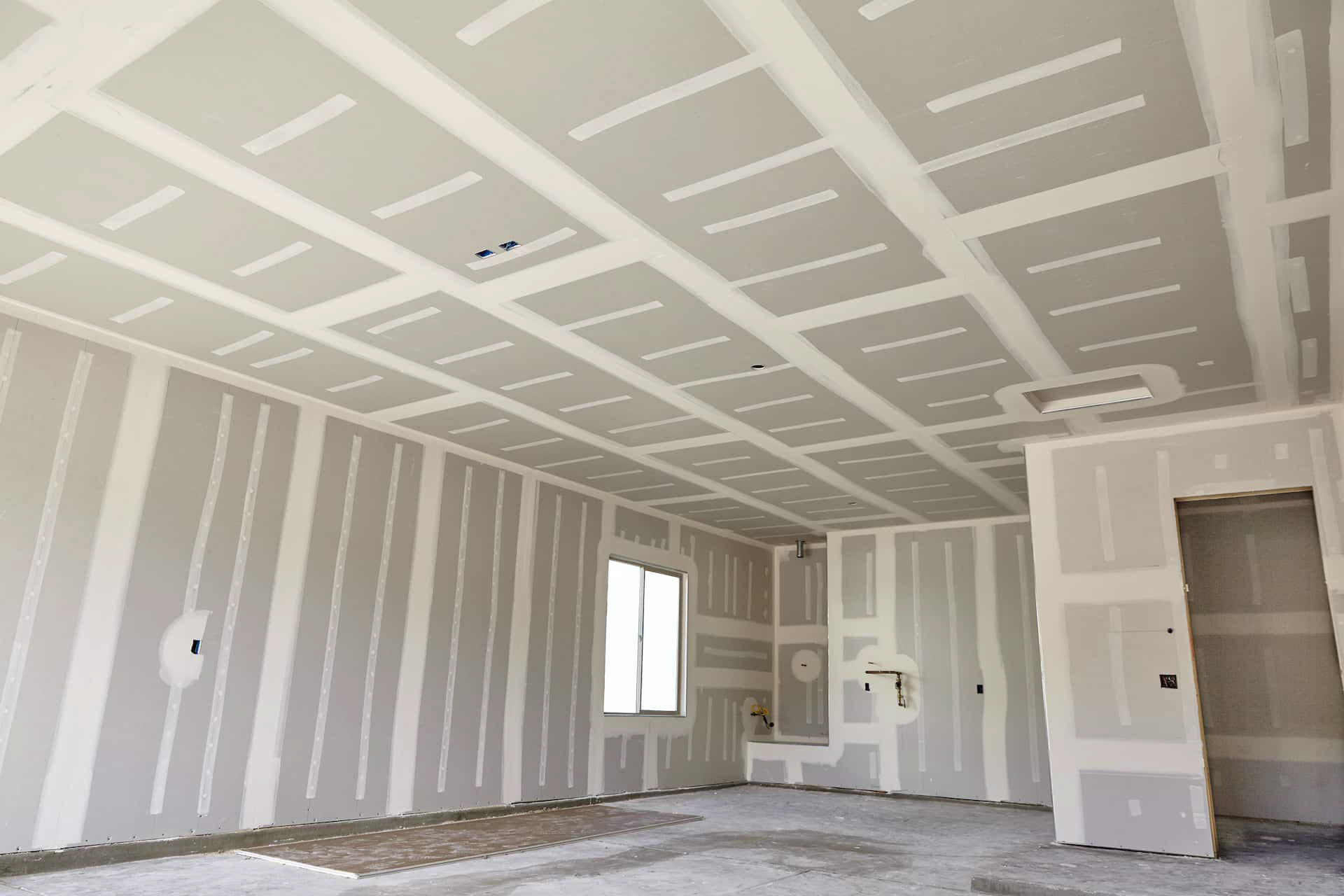
Mastering Acoustic Drywall Techniques for a Quieter Home Nov 19, 2025
Before diving into specific techniques, it's essential to recognize the unique features of acoustic drywall. Unlike standard drywall, this type is specifically designed to reduce sound transmission between rooms. It employs multiple layers of gypsum board with additional layers of soundproofing material in between. This construction is key to its function, making it a popular choice for bedrooms, home offices, or any area of the house you want to keep quiet.
One of the fundamental installations in acoustic drywall is the use of soundproofing sealant between drywall sheets. This sealant fills in any gaps or cracks that might otherwise allow sound to pass through. By using a sealant, you ensure that noise is effectively trapped, enhancing the soundproof quality of your walls.
Decoupling is another vital technique in the realm of acoustic drywall. In simple terms, decoupling involves creating a separation between structural elements, such as the drywall and the wooden studs it attaches to. This separation greatly reduces the transmission of sound vibrations, which is crucial in minimizing noise. For maximum effectiveness, consider using resilient channels—a component that helps decouple drywall from the additional framing.
Layering your drywall is a straightforward yet highly effective method for boosting your home’s acoustics. By adding additional layers to your existing drywall, you increase the wall’s mass, which effectively reduces the amount of noise that can penetrate it. Each added layer acts as an extra barrier, enhancing overall sound resistance.
Furthermore, using specialized soundproofing materials such as mass loaded vinyl (MLV) can significantly enhance the effectiveness of acoustic drywall. MLV is a dense, flexible material that effectively blocks sound, making it ideal for insertion between layers of drywall. Its inclusion is particularly effective in situations where space is limited but optimal soundproofing is desired.
It's also important to consider the environment and the specific architectural design of your home. Hurst Drywall professionals always recommend conducting a thorough assessment of your space to ensure the best materials and methods are selected for your specific needs. This tailored approach guarantees that the acoustic solutions we provide are perfectly aligned with your living space's acoustic challenges.
Finally, remember that professional installation makes a significant difference in the efficacy of acoustic drywall. The seasoned specialists at Hurst Drywall have the expertise to implement these complex techniques, ensuring that they are executed with precision for maximum soundproofing benefits.
Transforming your home into a quiet retreat doesn’t have to be speculative. Armed with knowledge and the strategic application of acoustic drywall techniques from Hurst Drywall, enjoying serene quietness can become a reality. Whether you are battling street noise or trying to keep your home office peaceful, mastering these techniques is a surefire way to turn down the volume on the outside world while enhancing the comfort of your indoor space.
/filters:no_upscale()/media/0ce7108b-6058-4f39-9ac9-0cc93c977b55.jpg)
/filters:no_upscale()/filters:format(webp)/media/f57d0b3e-780d-41e3-9e33-8f284177770c.jpeg)